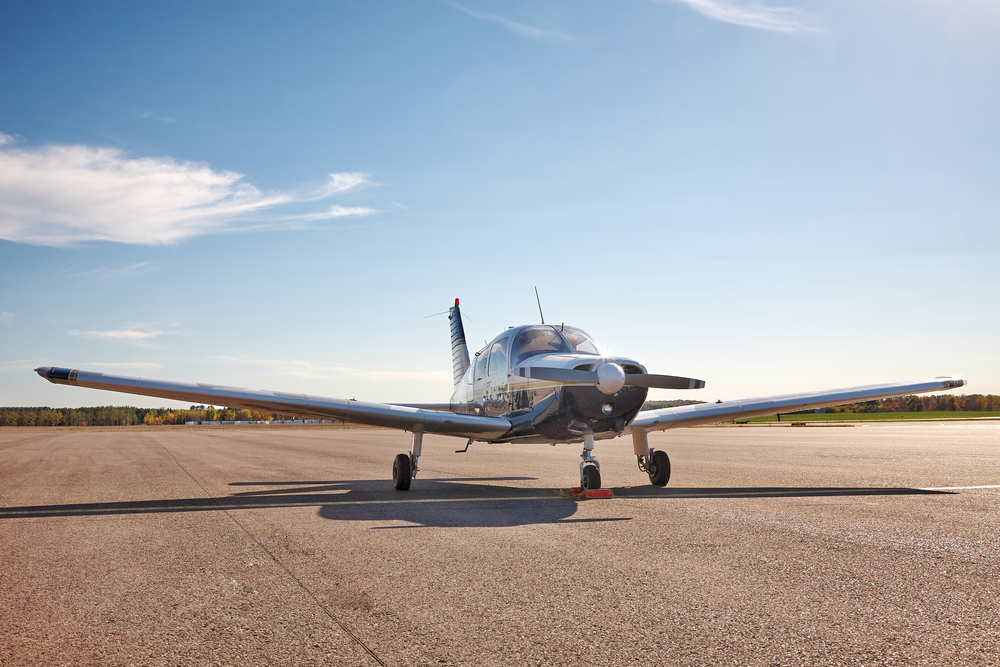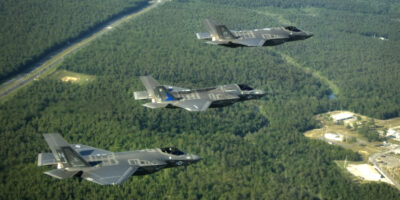The Remarkable Story of the Janet Plane
Often shrouded in mystery, the Janet planes are a crucial part of the enigmatic world surrounding the U.S. Air Force and secret projects. Janet planes are the unofficial nickname for a small fleet of aircraft that shuttle employees to and from the highly classified facilities within the Nevada Test and Training Range, including the infamous Area 51. Here’s an in-depth look at the history, operations, and importance of the Janet planes.
What Are Janet Planes?
The term Janet is derived from the call sign used by these aircraft. The Janet fleet is operated by the U.S. Air Force and managed by private contractors. Their main job is to transport workers from Las Vegas’ McCarran International Airport to top-secret government installations in the Nevada desert. These installations focus on highly classified research and development, often involving new aviation technologies and defense systems.
History and Origin
The Janet operations date back to the 1950s, coinciding with the development of the U-2 reconnaissance aircraft. Since then, the use of these flights has expanded parallel to the growing activities at various secure facilities. Public records hint at the existence of Janet planes, but details remain scarce due to the secretive nature of their missions.
The Fleet and Operations
The current Janet fleet primarily consists of Boeing 737 aircraft, painted white with a single red cheatline. The aircraft are completely unmarked except for tail numbers, making them discreet. These planes follow strict schedules, flying primarily between McCarran Airport and the highly restricted airspace in Nevada. The precise routing and usage are classified, but observers can largely predict flight patterns based on known shift changes at the installations.
Security and Confidentiality
Passengers on Janet planes are usually required to hold specific security clearances. This allows them to work at locations involved in sensitive national security projects. The confidentiality surrounding these flights is rigidly maintained. Security procedures ensure that neither the crew nor the passengers can divulge any information pertaining to their work.
Impact on Aviation Technology
The facilities serviced by Janet planes have historically been hotbeds for innovations. For example, Area 51 is widely reputed to have been a testing ground for secretive aircraft such as the SR-71 Blackbird and the F-117 Nighthawk. These facilities often act as incubators for next-generation aviation technologies. Janet flights thus play a silent yet vital role in advancing the U.S.’s aerospace capabilities.
Public Perception and Conspiracies
The secretive nature of Janet planes has inevitably attracted a fair share of public intrigue and conspiracy theories. Area 51, in particular, has been the focal point of various theories ranging from UFO sightings to clandestine military projects. Although much of this speculation falls into the realm of the fantastical, it has contributed to the enigmatic reputation of Janet flights.
Recognition and Observation
While Janet planes operate with a high degree of secrecy, they are not invisible. Aviation enthusiasts often track these flights using publicly available tools. These observers have noted patterns that provide indirect insights into the operations at classified facilities. The flights are often visible on commercial tracking websites, though the details of their missions remain classified.
The Future of Janet Planes
As long as there are secretive facilities needing transportation for their employees, the need for Janet planes will persist. Advancements in aviation technology and increased security needs suggest that this fleet will continue to play a critical yet unpublicized role in maintaining national security. The enigmatic aura surrounding these planes only adds to their significance in the landscape of covert U.S. military operations.

